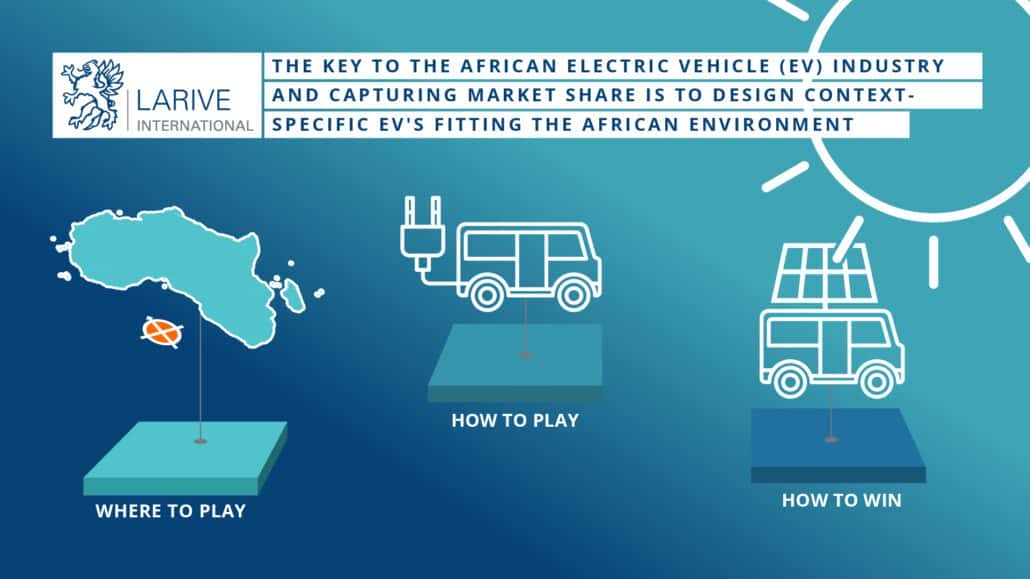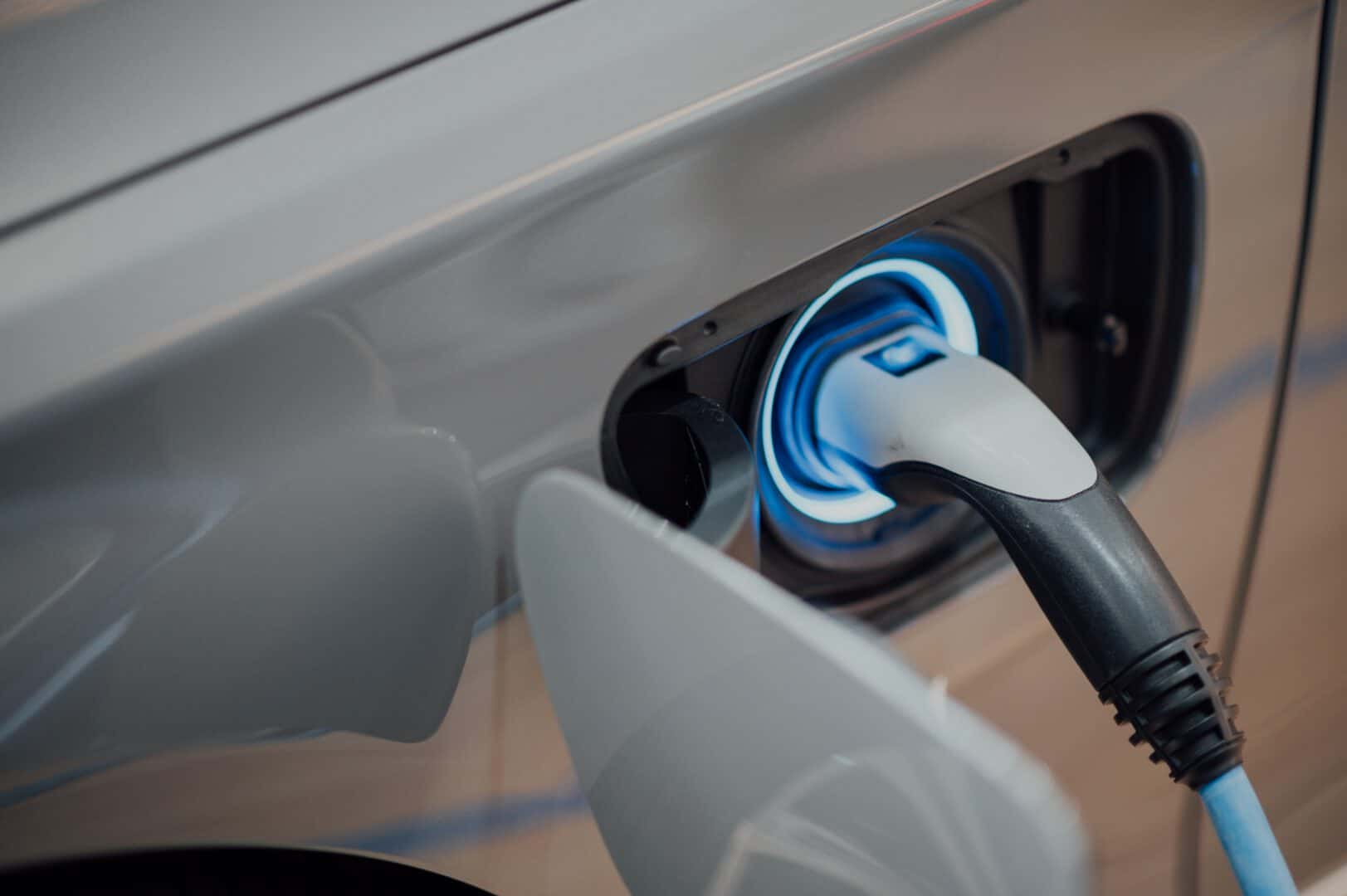Where to play: from Europe to Asia, to Africa
Following a study performed by the International Council on Clean Transportation, the total global production of electric vehicles reached over ten million in 2020. European manufacturers produced approximately 25% of all electric vehicles, accounting for 2.6 million units.[1] An analysis from IDTechEx shows that sales of EVs are on track to surpass 5 million units this year, counting passenger cars only.
While the adoption of EVs in Europe and Asia shows a clear surge, the adoption of EVs in African countries is still limited and fossil fuel remains the most important power generation source. Nevertheless, due to population growth and economic development, the demand for vehicles continues to increase. To reach the Paris Agreement of 2030 and to meet this increasing demand, SSA countries are shifting from centralized fossil-fuel power plants towards clean, renewable energy generation.
The question is what factors hamper the adoption of EVs in Sub Saharan Africa (SSA)?
The ministry of infrastructure Rwanda presents several barriers for adoption including:
- The initial purchasing cost;
- The charging enabling infrastructure and;
- A lack of knowledge regarding the available vehicles and existing charging infrastructure.[2]
How to play: turning challenges into opportunities
Despite the obvious barriers of an unreliable power grid, the lack of capital and lack of knowledge, the EV market has high growth potential. Following an article by Collett et al (2021), shifting to EVs as to substitute for fossil fuel powered vehicles could provide emission reductions of over 90%, decreased petroleum subsidies, a flexible load to support the electricity network (worth up to US$14 billion in revenue per annum) and decreased vehicle operating costs up to US$ 0.15 per kilometre.[3]
The key to overcoming these barriers and creating benefits is to design context-specific EVs fitting the SSA environment. These types of EVs can be designed as minibus or motorbike with a smart charging infrastructure, including either a battery swap, plug-in charging or on-board solar system. The latter includes a system where solar cells are placed on the body of the vehicle, allowing the motorbike or minibus to charge wherever it is during the day, parked or driving.
Preliminary results from a field trial in Gambia using an electric minivan (taxi) indicate that a taxi driver’s earnings could be increased between 250 and 1,300% in local operations and 20-fold in tourists markets, depending on the vehicle type, minigrid configuration and target market.[4] The field taxi has operate in an off-grid village, where they have access to a minigrid including a PV system generating of 4.5 kWp,
Currently, between 50 – 98% of daily transport in the SSA countries is enabled by privately-owned and informally run “public” transport vehicles called paratransit. Paratransit vehicles include taxi busses, motors and motorbuses.
How to win: EVs + Solar
The winning EVs in the SSA region will differ from existing high-income country approaches and correspond to the demand for paratransit, flexible mobility, such as the minibus or motorbike. Their charging infrastructure will be designed to support the merging of two sectors, being electricity and transport. These EVs should be developed along with the appropriate business models, building on the collaboration between electric taxi hailing companies and solar companies for charging point establishment. Such partnerships enable meeting the consumer demand for flexible charging while simultaneously generating clean energy. An example of this partnership is already performed by the taxi hailing company MAX NG and solar company Rubitec in Nigeria for e-motorcycles.[5]
If you wish to learn more about the opportunity for investment into EVs and Solar, or other business opportunities in the SSA region, please contact our colleague Amber van Spronsen at [email protected]




